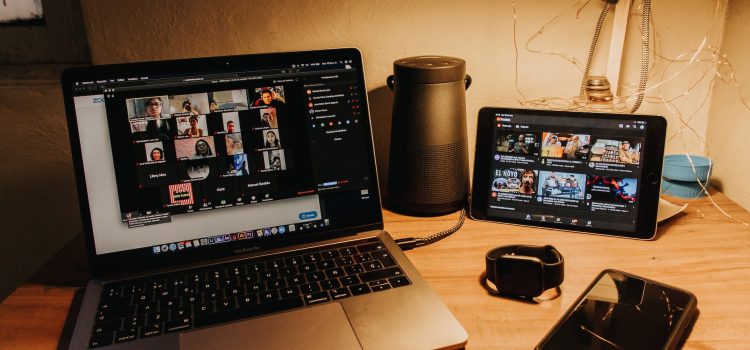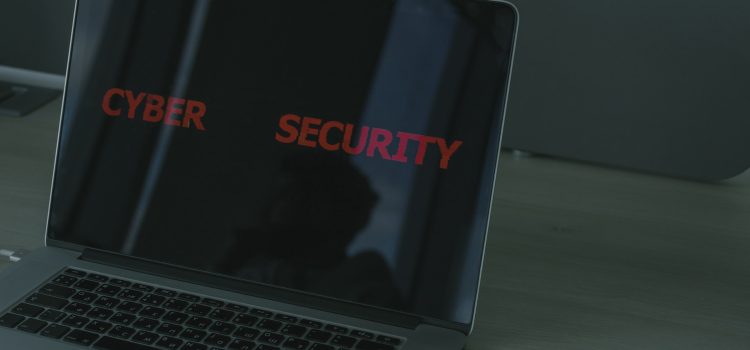
In today’s digital age, online communities have become a common way for people to connect with others who share similar interests or experiences. From social media groups to niche forums, these communities provide a space for individuals to interact, exchange ideas, and build relationships. However, with the many benefits come potential pitfalls, and it’s important to understand how to navigate these online spaces in a responsible and respectful manner. In this article, we will explore some dos and don’ts for engaging in online communities.
DO: Be respectful One of the most important rules of online communities is to be respectful towards others. Remember that behind every username is a real person with feelings, beliefs, and experiences. Treat others with kindness and respect, even if you disagree with them. Avoid name-calling, insults, or other derogatory language that can be hurtful to others.
DO: Follow the community rules Every online community has its own set of rules and guidelines that users are expected to follow. Make sure you read and understand these rules before you start posting or commenting. Rules may include guidelines for language use, behavior, and content. Failure to follow these rules may result in being banned from the community.
DO: Participate Participating in online communities is a great way to build relationships with others and to learn more about a particular topic. Take the time to read posts and comments from other users and participate in the conversation. Share your own ideas, ask questions, and be open to new perspectives.
DO: Share responsibly When sharing content within an online community, it’s important to be mindful of the impact it may have on others. Always double-check the accuracy of the information before sharing it, and avoid sharing content that may be offensive or inappropriate. Additionally, make sure to give credit to the original source of any content you share.
DON’T: Engage in trolling or harassment Trolling or harassing other users is never acceptable in online communities. This behavior can be hurtful and create a toxic environment. If you come across this behavior, report it to the community moderators or administrators.
DON’T: Overshare personal information While online communities can be a great way to connect with others, it’s important to remember that the internet is a public space. Be mindful of the personal information you share within these communities and avoid sharing sensitive information such as your full name, address, or phone number.
DON’T: Assume everyone shares your beliefs or experiences It’s important to recognize that online communities are made up of individuals with diverse backgrounds and experiences. Avoid making assumptions about others based on their beliefs or experiences. Instead, be open to learning from others and respect their perspectives.
In conclusion, online communities can be a great way to connect with others who share similar interests or experiences. However, it’s important to approach these communities with respect, responsibility, and an open mind. By following these dos and don’ts, you can help create a positive and supportive online community for all users.

















